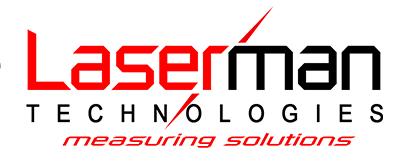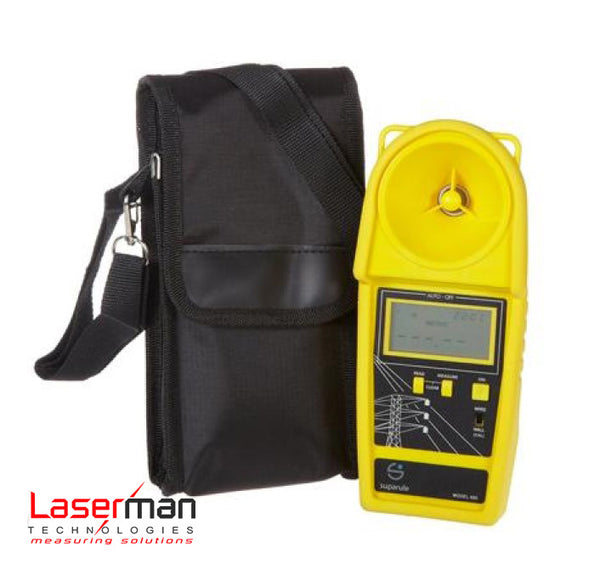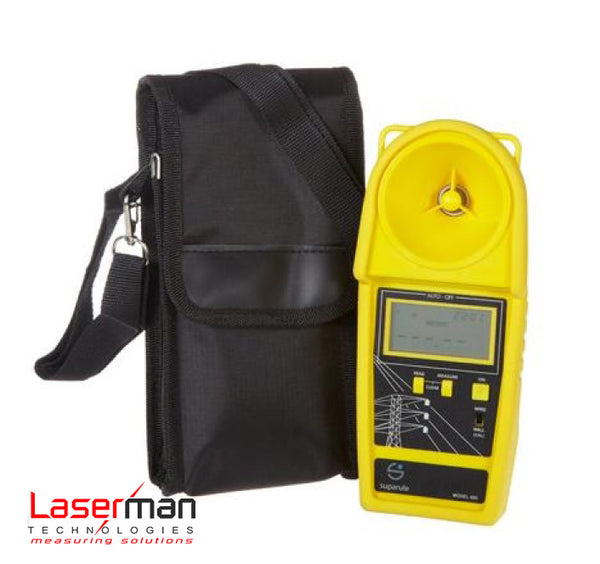Track Surveying
Tracks provide guidance in a broad range of technical applications, from classic railway tracks and crane rails to positioning systems. All of them, however, have one thing in common: Direction, height, and distance have to fit together within very small tolerances.
To determine the height, a self-levelling rotary laser is of great service. It projects a rotating laser plane into space to serve as a plane of reference. The rail head is then scanned, using a mechanical scanning device and, permanently attached to it, a precision laser receiver. In our reference class, we offer precision laser receivers with a resolution of up to 1/100 mm.
To check straight alignment and linearity of the track, a horizontally operated laser is set up above the starting point in such a way that the rotating laser plane exits via the rail head’s center. A locking receiver is mounted above the end point in the same way. The receiver then guides the laser via radio control onto its central position. This way, a vertical laser plane is created that passes through both end points with maximum precision. With a special mechanical adapter as well as a precision laser receiver, the track can now be scanned and its lateral deviation from the target axis be determined.
For these special measuring tasks, GEO offers a variety of clamps and adapters that are self-centering via the rail head, enabling easy setup of both laser and laser receiver.
|
Control principle of the Locking Receiver |
Setup for measuring the alignment |
|
Setup for measuring the height |
Setup the laser with centering clamp |










